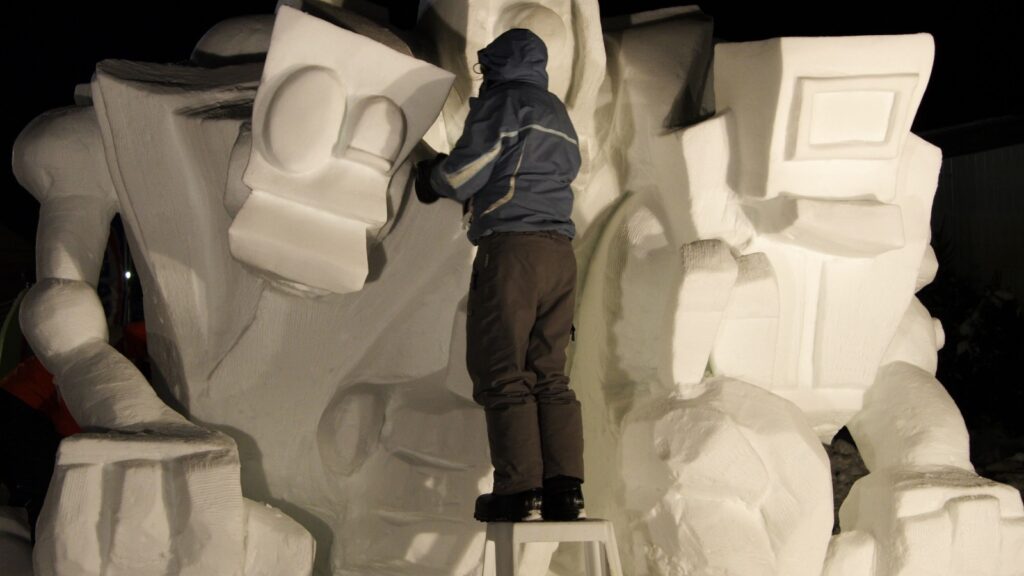When winter grips Canada, most visitors think of skiing in Whistler or skating on Ottawa’s Rideau Canal. But beyond the well-trodden tourist favorites, locals know a world of unique cold-weather activities that showcase the country’s adventurous spirit. From frozen waterfalls you can climb to natural ice caves you can explore, Canada’s winter playground is far bigger than most imagine. Here are 25 Canadian winter activities that tourists don’t know about:
Ice Caving in Abraham Lake, Alberta
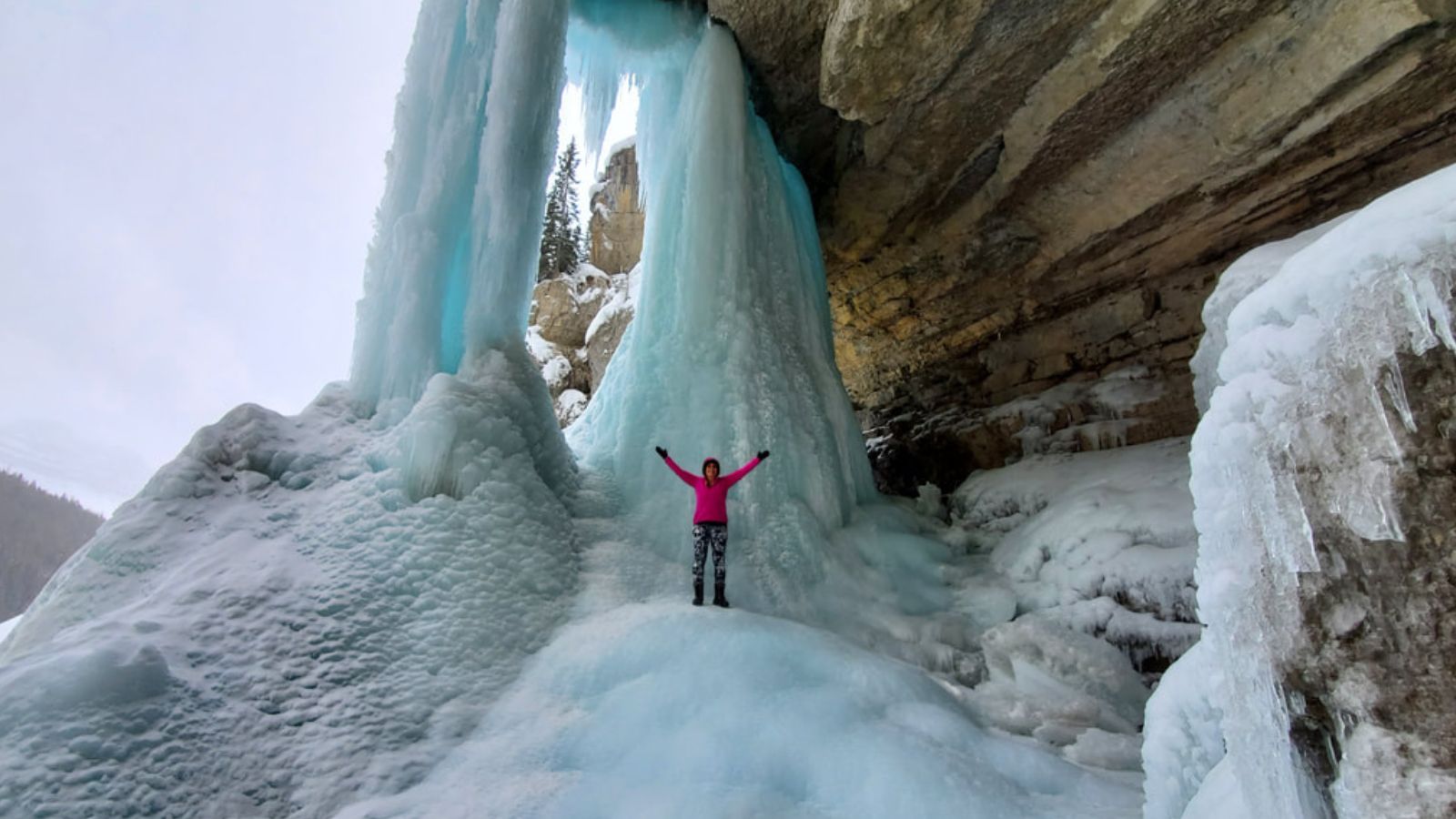
Abraham Lake in Alberta is famous for its frozen methane bubbles, but few tourists know about the ice caves that form along its shores. These natural formations allow adventurous visitors to crawl inside frozen chambers glowing with blue ice. Local guides offer tours, ensuring safety while pointing out the stunning details of ice layers and frozen waterfalls, which is a surreal experience that feels straight out of a fantasy film. While most people snap photos from the surface, exploring inside the caves offers an entirely different perspective on Alberta’s frozen beauty.
Winter Surfing in Tofino, British Columbia
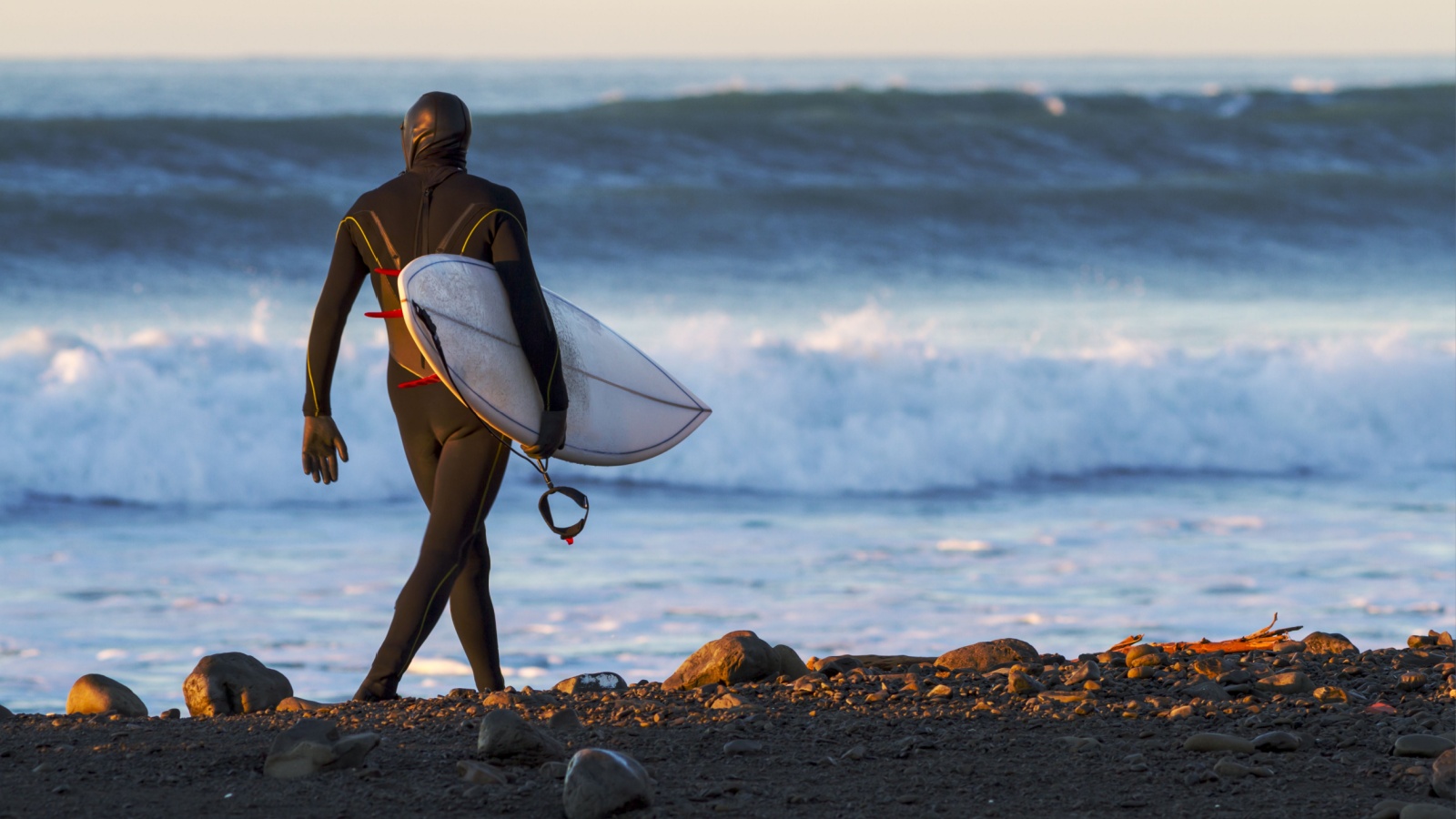
While surfers flock to Tofino in summer, diehards know that winter swells are bigger and the beaches are nearly empty. With thick wetsuits, surfers carve waves under misty skies while snow dusts the nearby rainforest. The water is cold but surprisingly manageable with the right gear. For tourists, the idea of surfing in Canada’s winter seems impossible, yet locals embrace it as one of the most authentic ways to experience Tofino. Afterwards, surfers often warm up around beachfront fire pits, making the experience both rugged and unforgettable.
Skijoring in Quebec
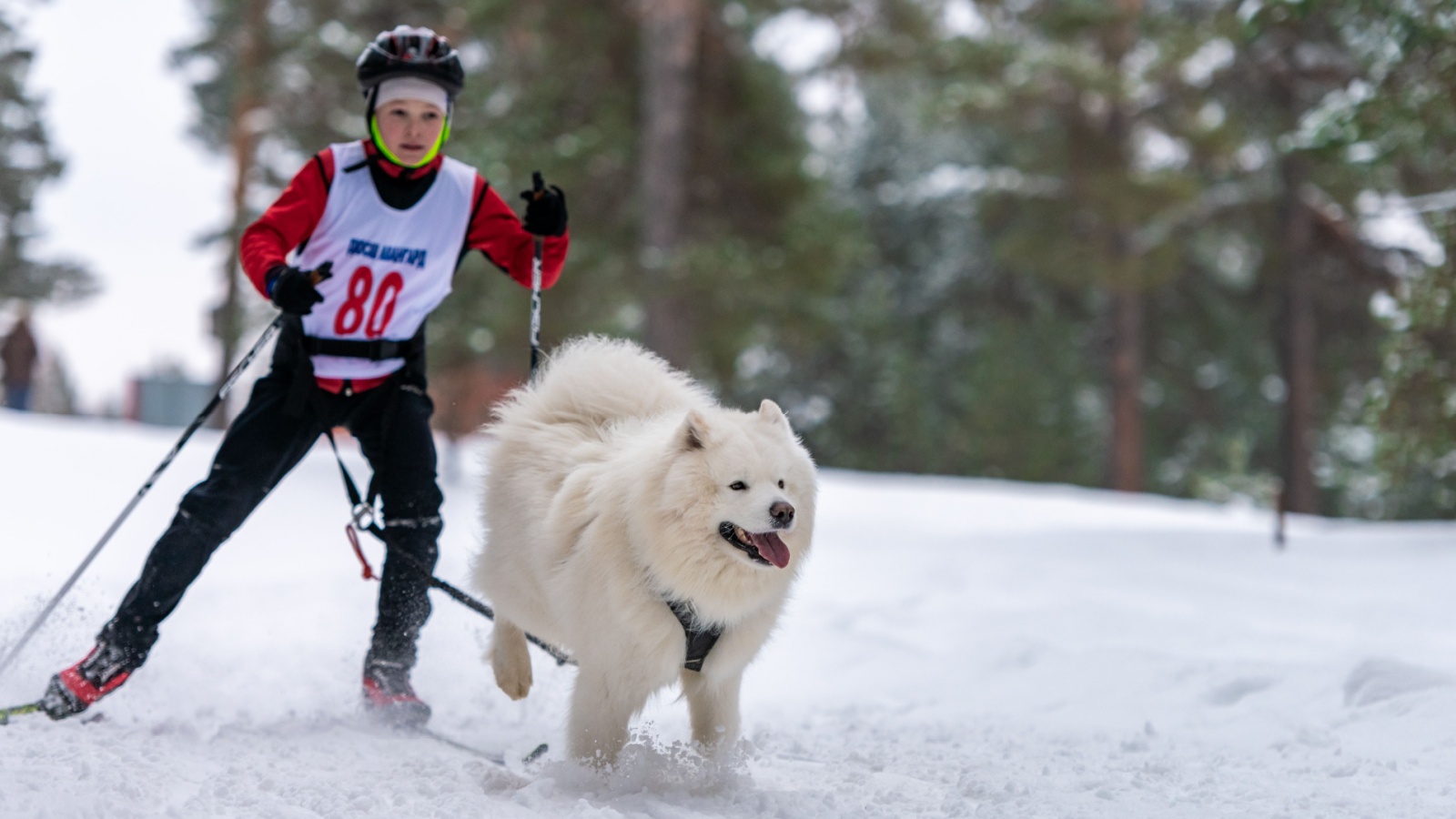
Skijoring, a Scandinavian sport where skiers are pulled by dogs or horses, has quietly taken root in Quebec. Tourists often stumble upon it by accident, but locals know it as a thrilling alternative to traditional skiing. In regions like the Laurentians, operators pair visitors with huskies or even horses trained for the sport. The mix of speed, teamwork, and wilderness scenery creates an unforgettable rush. For Canadians, it is an exciting winter pastime, but for international visitors, the sight of skiers flying across snowy trails behind powerful dogs is completely unexpected.
Fat Biking in Saskatchewan
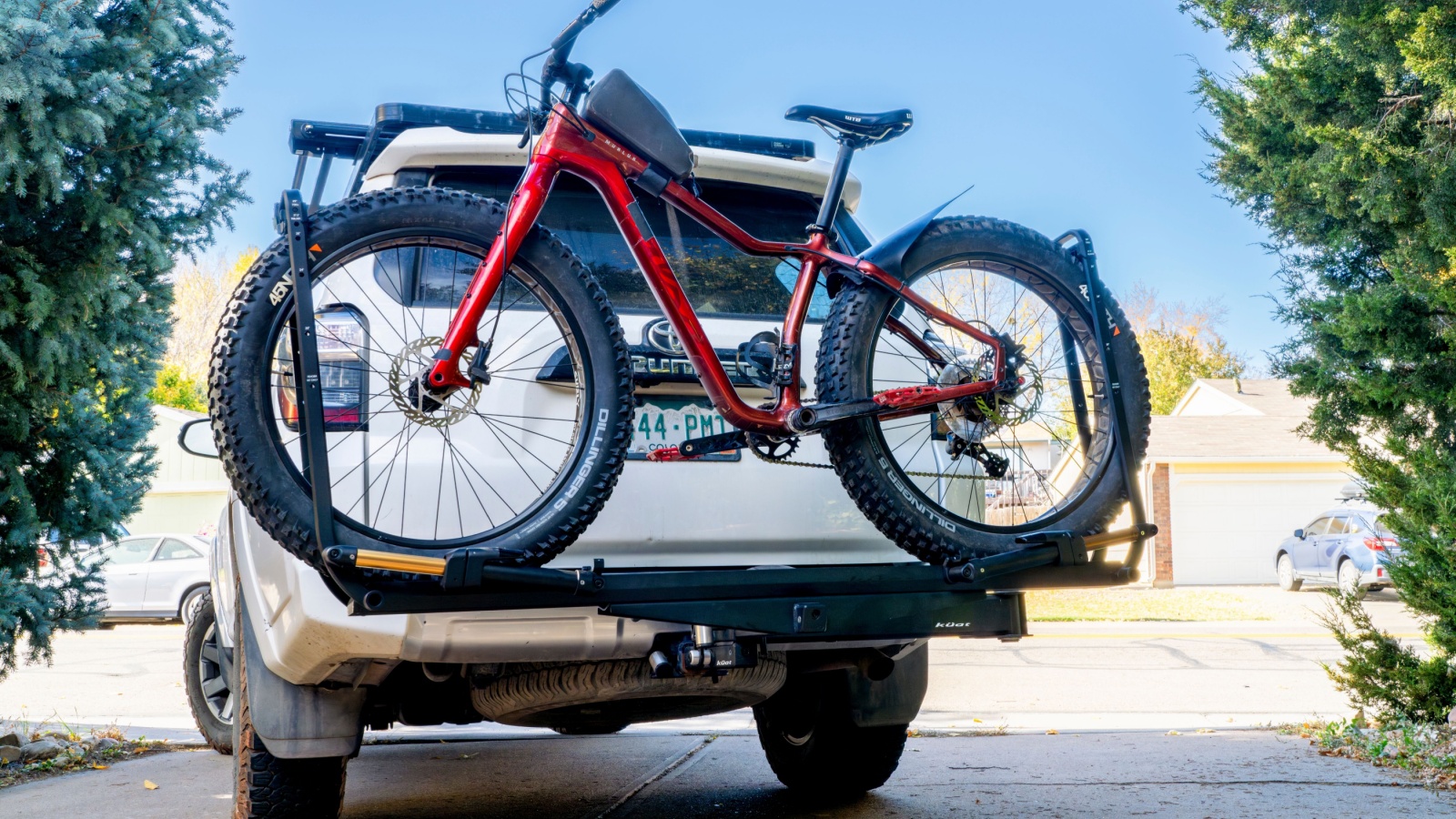
While Saskatchewan isn’t the first place tourists think of for winter sports, fat biking has become a local favorite. With wide tires designed to grip snow, cyclists explore frozen trails around parks like Wascana Centre in Regina or Prince Albert National Park. Many trails are groomed specifically for winter riders, creating a peaceful yet invigorating adventure. For travelers used to snowshoeing or skiing, fat biking offers a unique way to experience prairie landscapes under a blanket of snow. Locals love it for the cardio workout, while tourists often don’t realize it exists.
Snowmobiling to Churchill’s Frozen Coast
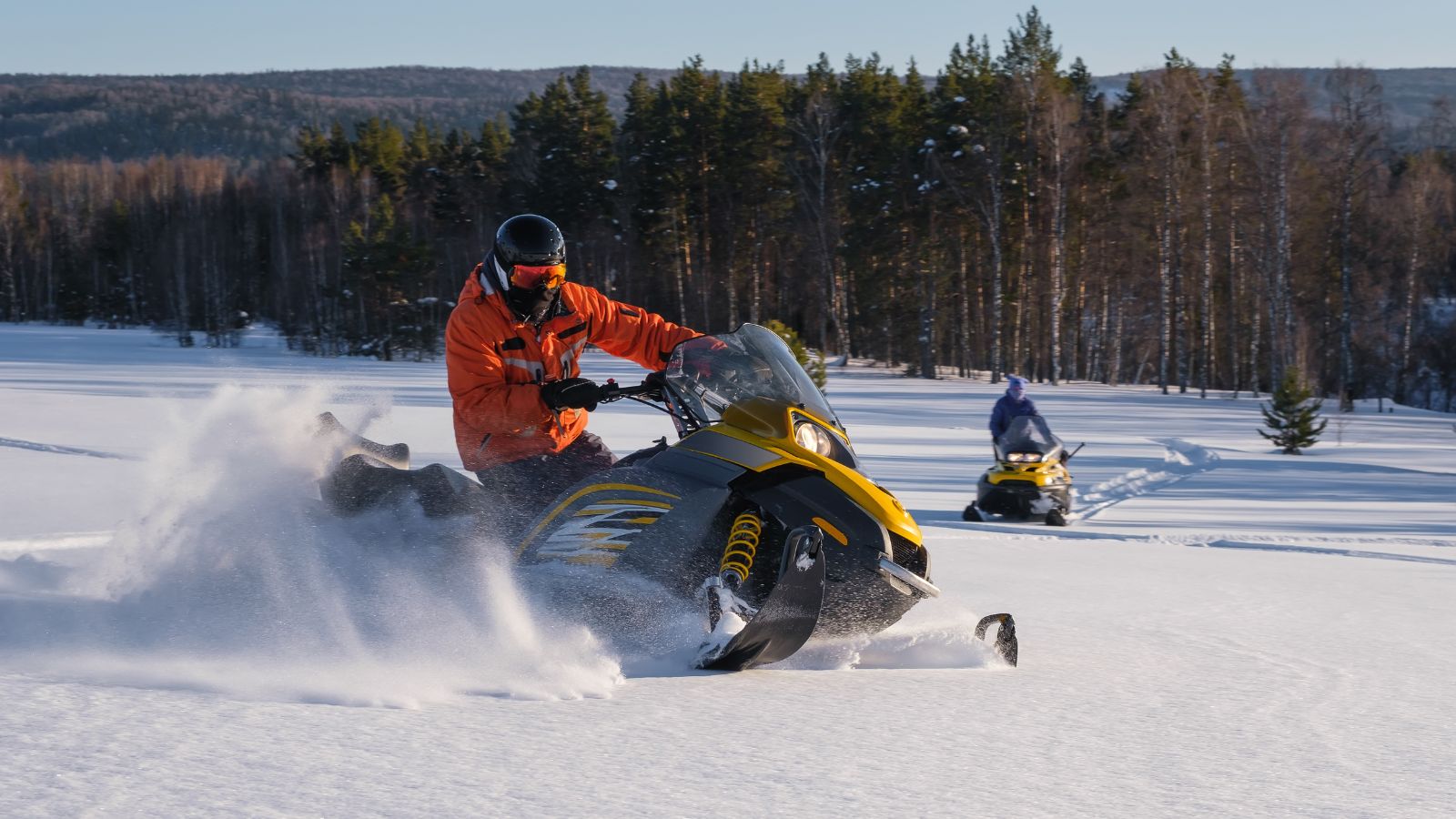
Tourists know Churchill, Manitoba, for polar bears and northern lights, but few realize you can explore its frozen coastline by snowmobile. Local outfitters lead tours across the tundra, where riders might spot arctic foxes, snowy owls, or even beluga whales trapped under ice holes. The rides are both rugged and breathtaking, showcasing landscapes most visitors never see. While many stick to town-based tours, snowmobiling provides a chance to venture farther, experiencing Churchill’s wild frontier in its purest form, and for adventurous travelers, it’s a Canadian winter memory that lingers for life.
Winter Ziplining in Whistler, British Columbia
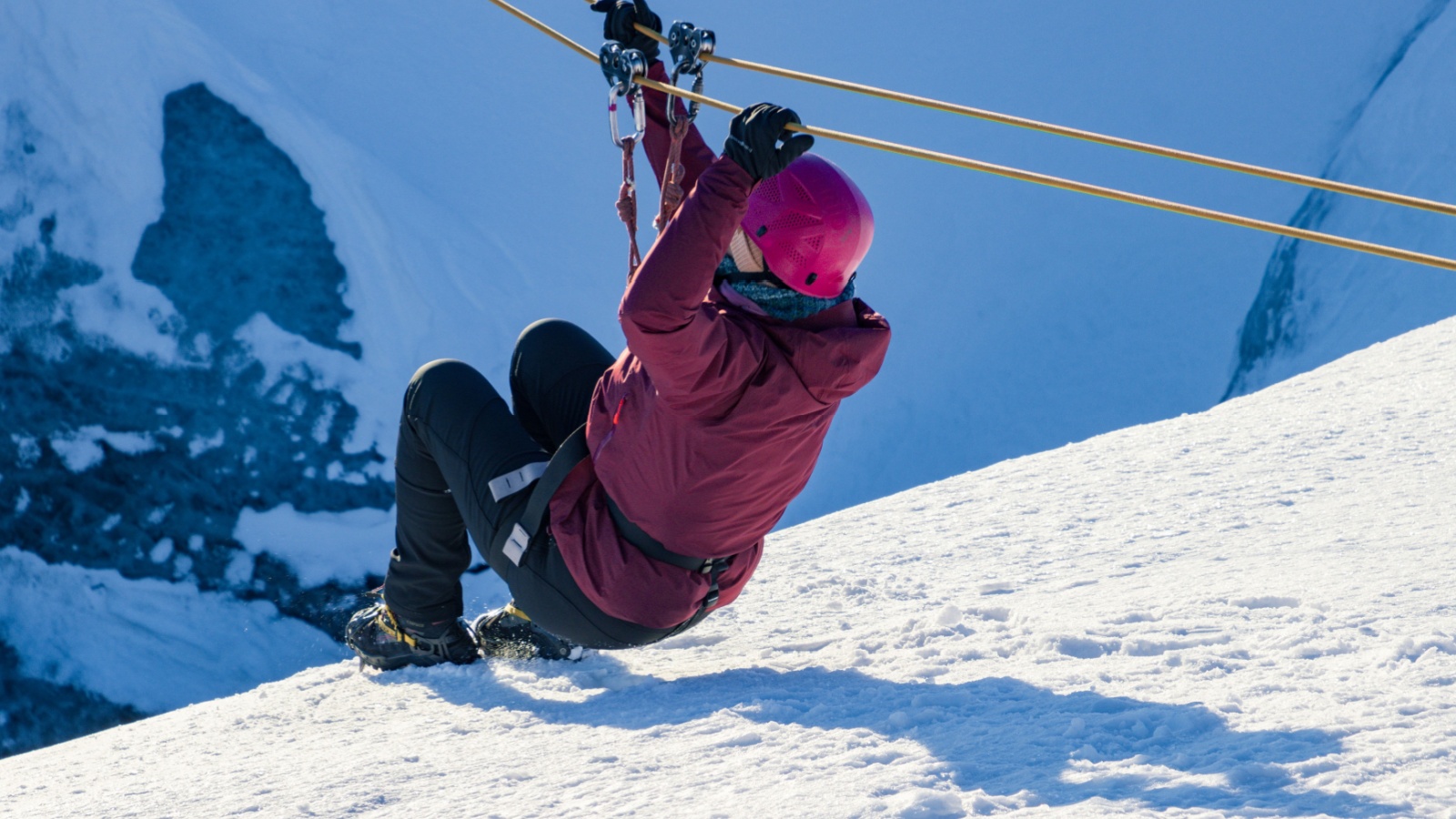
Ziplining is usually thought of as a summer thrill, but in Whistler, you can soar over snow-laden forests and frozen rivers in the dead of winter. Tourists often miss this experience, assuming zipline parks close with the cold. Instead, the contrast of gliding through crisp air, snowflakes swirling around, makes it even more magical. Dressed warmly in thermal suits, participants enjoy sweeping views of mountains that feel entirely different in winter. It’s a secret Whistler locals love to recommend because it shows visitors there’s more than just skiing to try.
Ice Climbing in Banff National Park
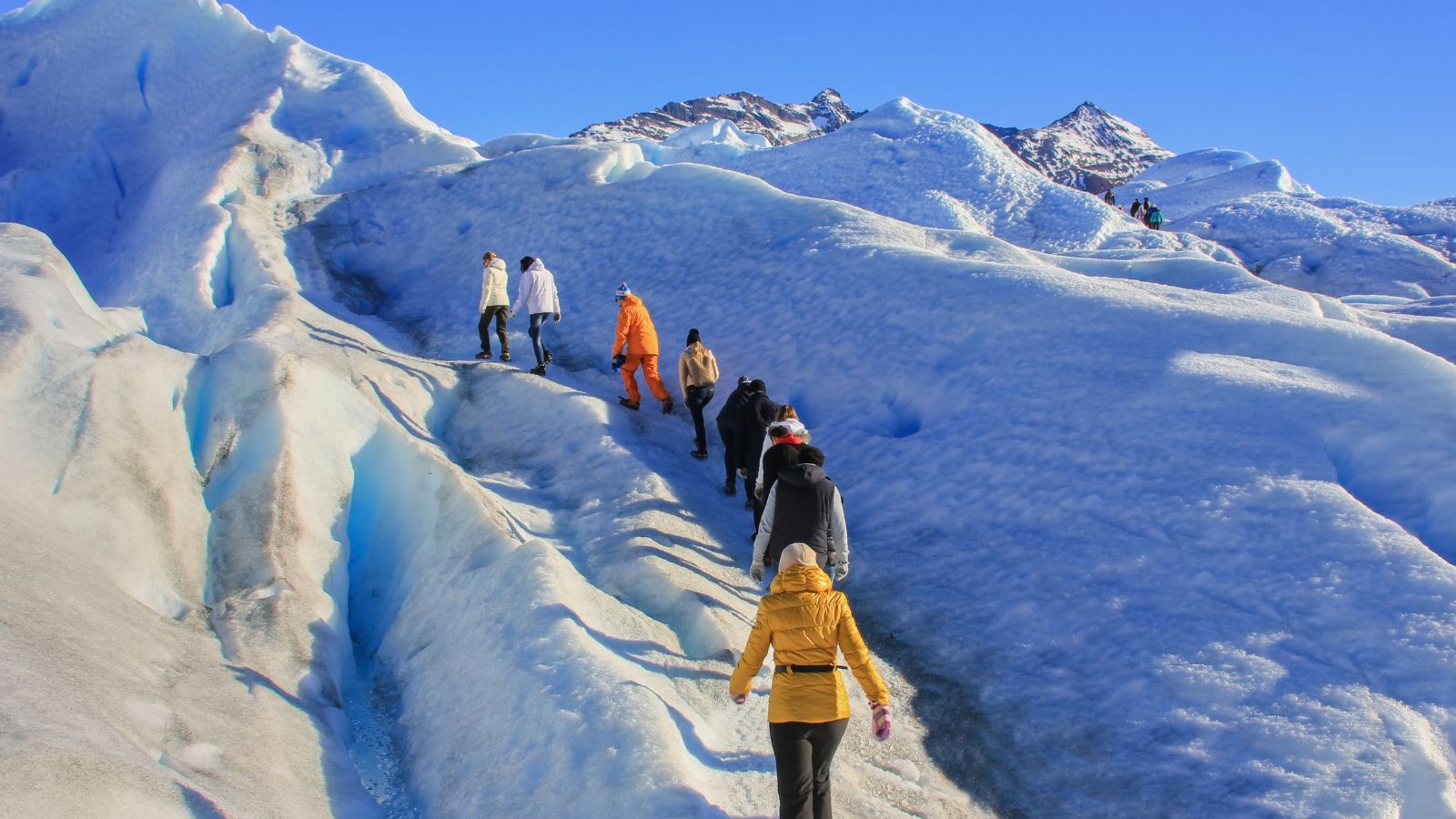
Banff is world-famous for skiing and hot springs, but ice climbing is one of its hidden winter gems. With frozen waterfalls like Johnston Canyon or Cascade Mountain, climbers scale walls of glistening blue ice under professional guidance. Tourists often overlook this activity, assuming it’s only for extreme athletes, but many outfitters cater to beginners. The sensation of climbing up sheer ice while surrounded by towering peaks is unlike anything else in the Rockies. While most visitors stick to hiking trails, ice climbing offers a chance to engage with Banff’s winter wilderness in a bold new way.
Kicksledding in the Yukon
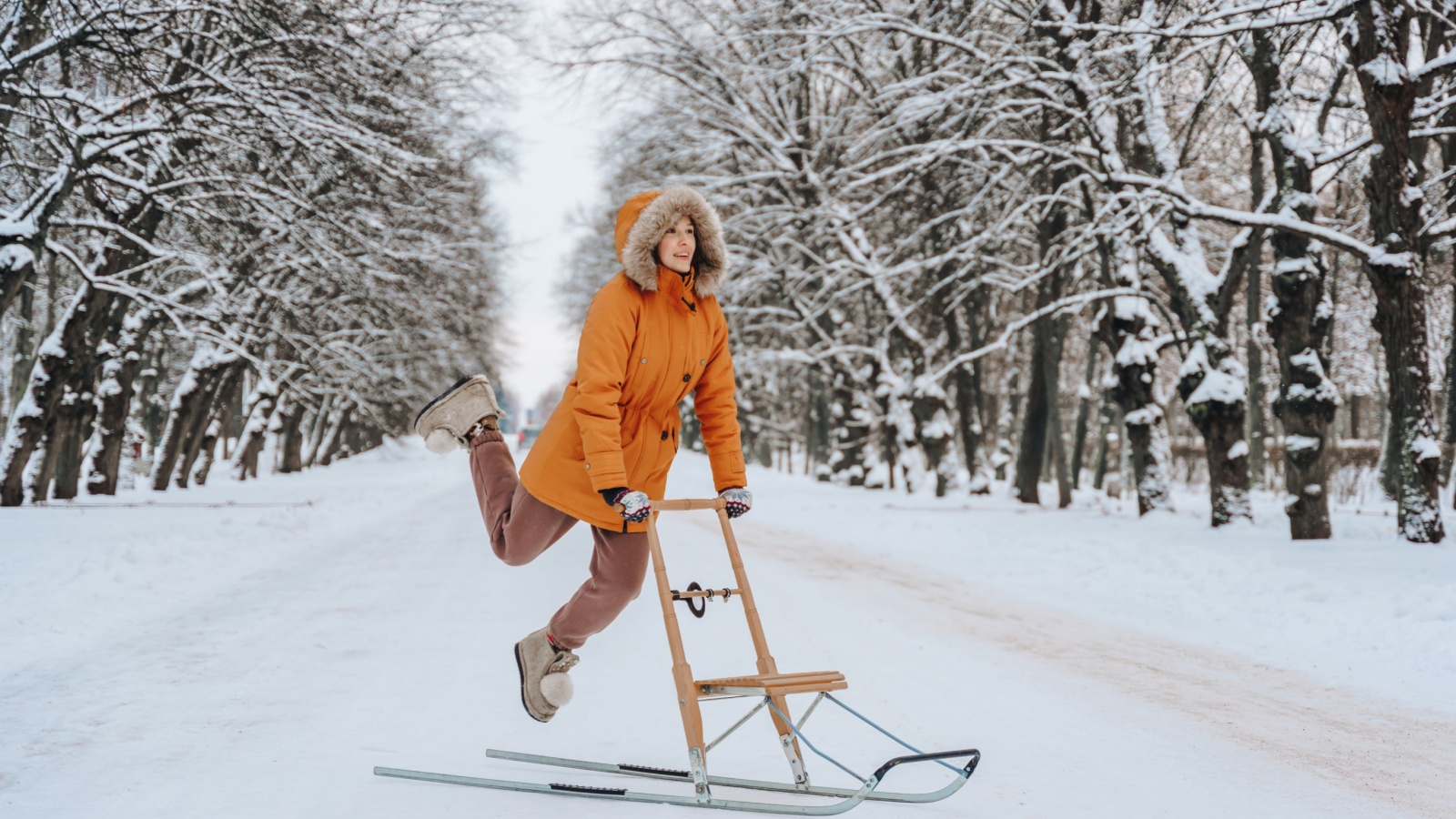
Kicksledding, a traditional Scandinavian activity, is alive and well in Canada’s North. Using a small sled with a chair mounted on runners, riders propel themselves along icy trails by kicking with their feet. In Yukon communities like Whitehorse, locals enjoy kicksledding on frozen rivers or neighborhood paths. For tourists, it’s a quirky, old-fashioned activity that feels both playful and practical. Unlike dog sledding, kicksledding is quiet and requires no animals, just stamina and balance.
Curling on Outdoor Ice Sheets
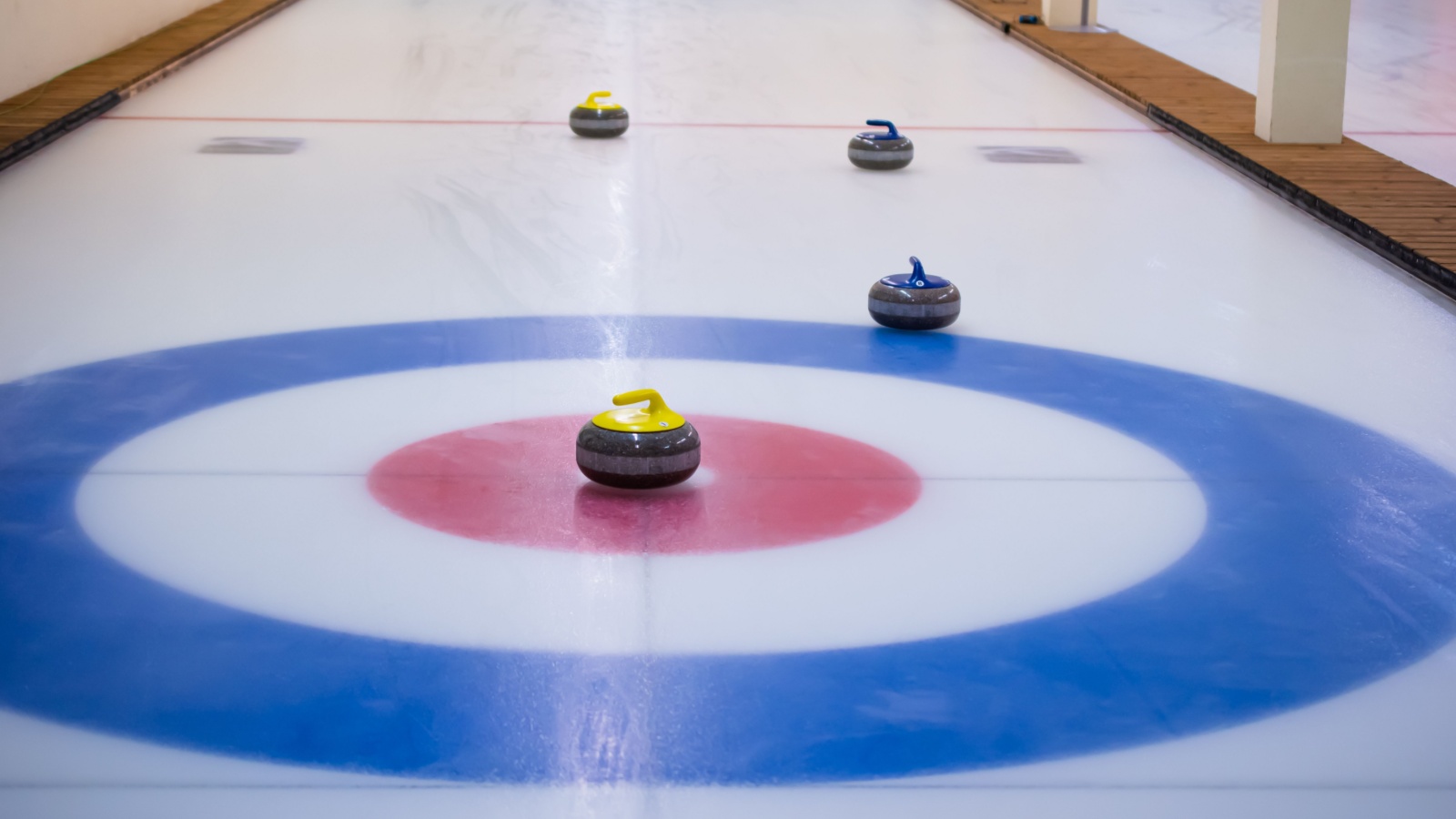
While curling is a national pastime, most tourists only see it on TV or in indoor rinks. In rural Canada, outdoor curling on frozen ponds or community-made ice sheets is a beloved winter ritual. Players sweep stones across natural ice surfaces surrounded by snowy landscapes, often with bonfires and hot drinks nearby. These outdoor matches blend sport with social gathering, something few outsiders experience. Tourists are rarely invited to join, but communities from Ontario to the Prairies cherish the tradition. For locals, it is winter culture at its most authentic, friendly, competitive, and deeply Canadian.
Winter Camping in Algonquin Park, Ontario
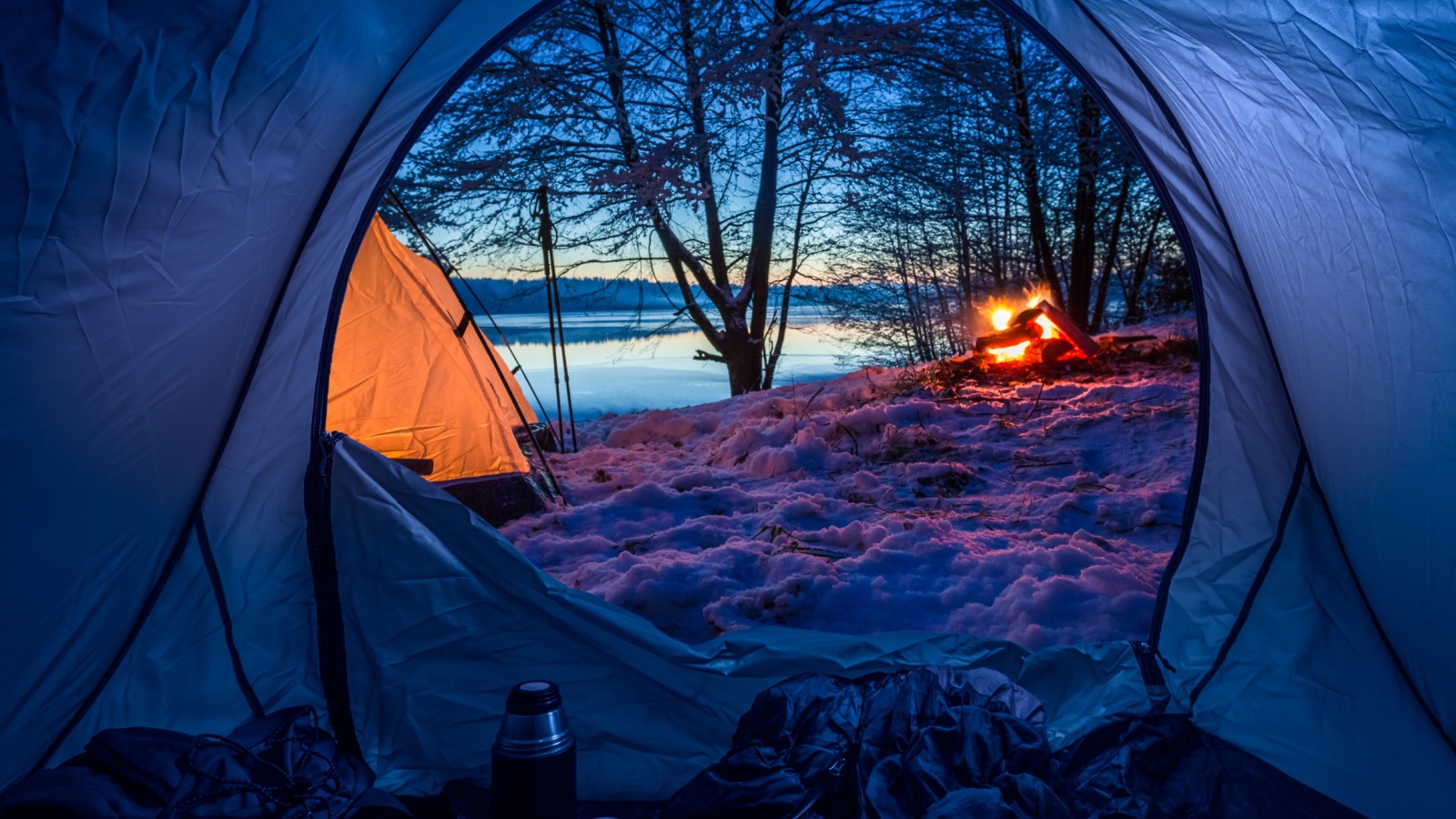
Summer campers flock to Algonquin Park, but winter camping here is a hidden thrill. Locals know the serenity of sleeping in a tent surrounded by snow-laden pines, with frozen lakes nearby for snowshoeing or ice fishing. Tourists usually don’t consider camping in the cold, but experienced guides make it accessible with heated tents and survival gear. Nights are quiet except for the crackle of firewood, and skies are often clear enough for dazzling star views. For those seeking solitude, winter camping transforms Algonquin into a silent, enchanting world that few outsiders ever witness.
Ice Road Driving in the Northwest Territories
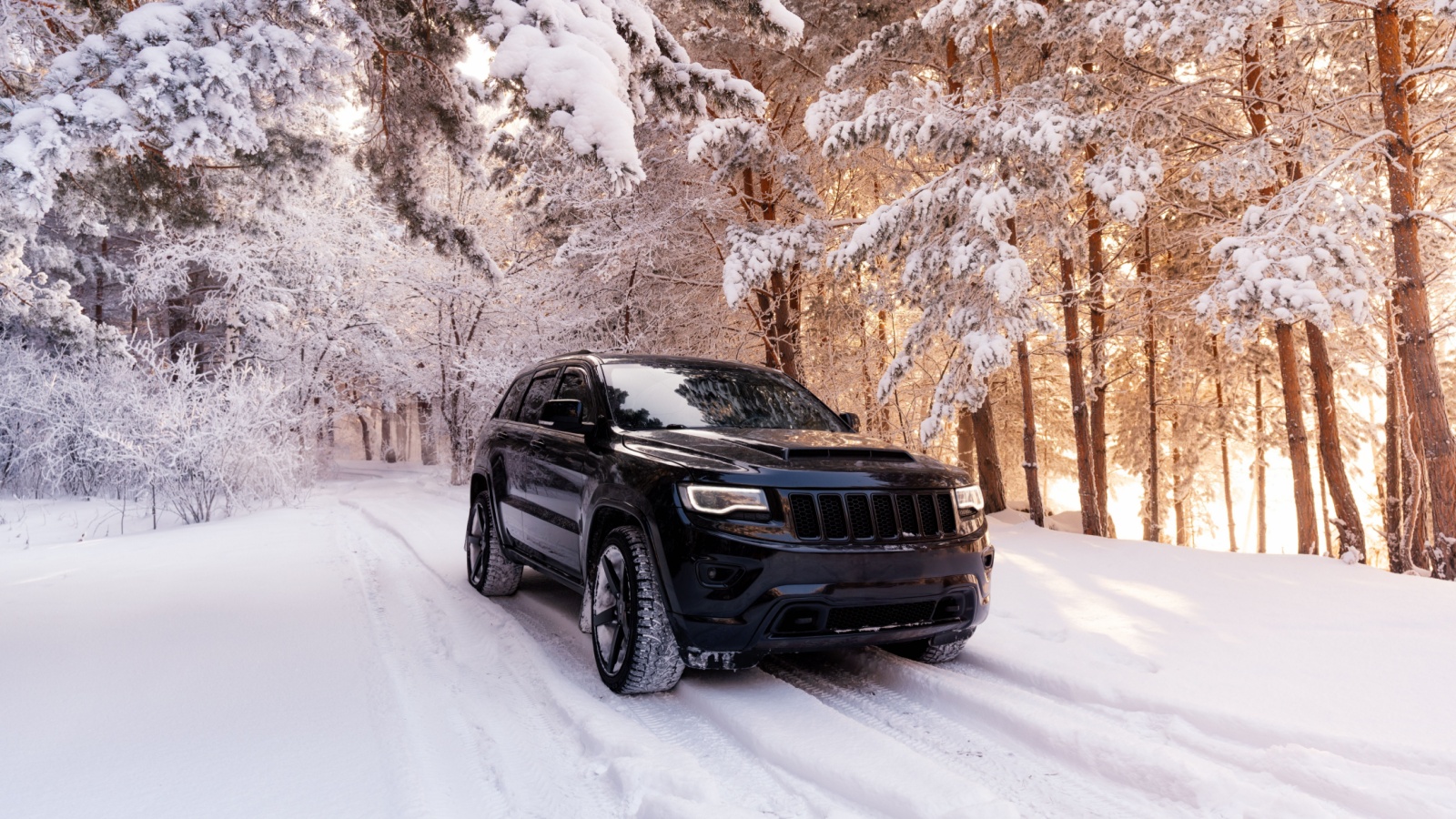
For locals, ice roads are practical highways connecting remote communities in the far north during winter. For tourists, they are a thrilling secret most never experience. Driving across frozen lakes and rivers feels surreal, with clear ice sometimes revealing water beneath. The Mackenzie River ice road near Yellowknife is among the most famous, and while not for the faint of heart, guided tours and rental options let visitors try it safely. It is both a transportation lifeline and an adrenaline-filled adventure, offering a rare glimpse into how northern Canadians live through long winters.
Snow Gauntlet in Mont Tremblant, Quebec
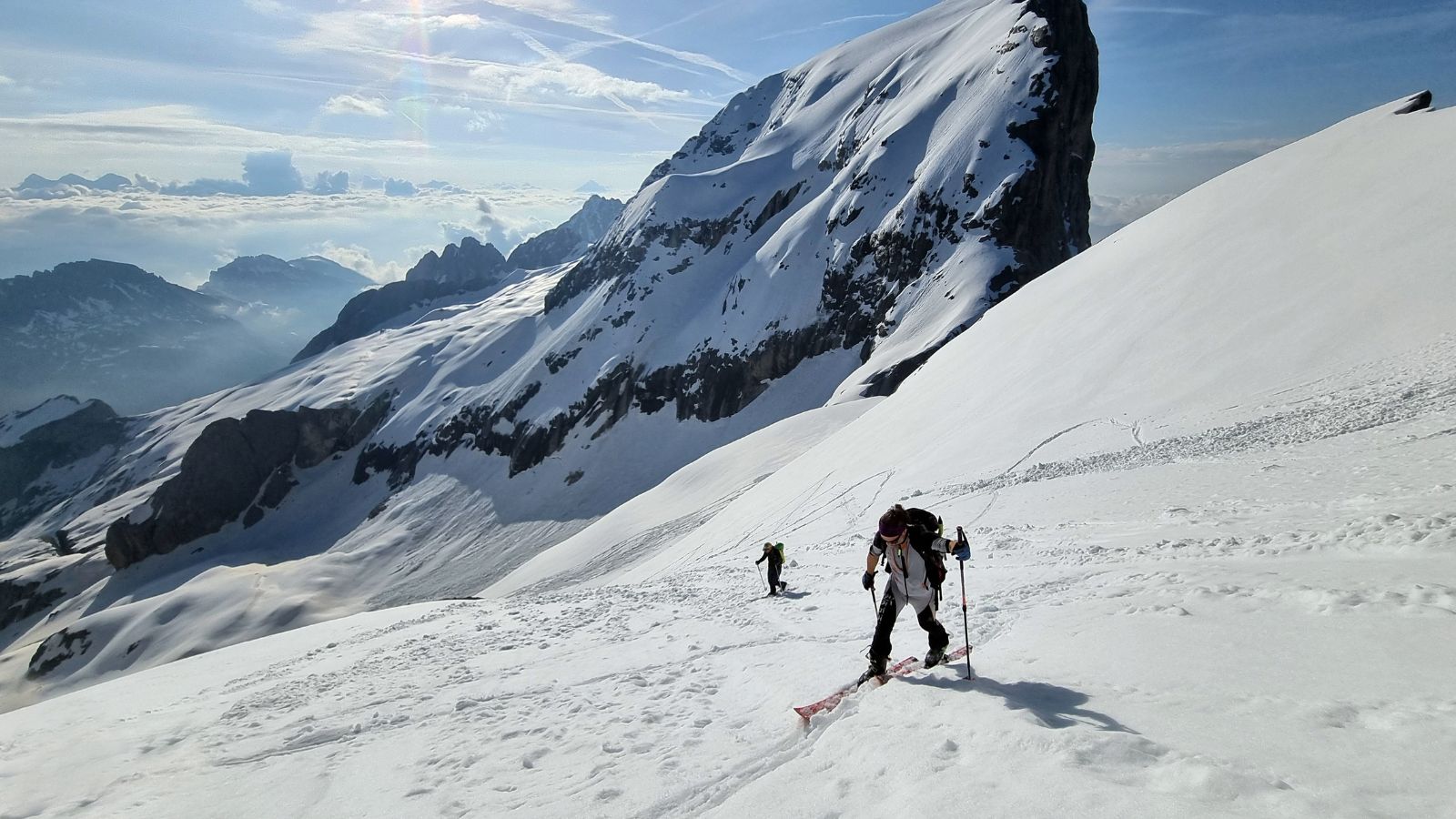
Mont Tremblant may be famous for skiing, but locals know the snow gauntlet, which is a network of winter obstacle courses and trails built for kids and adults alike. Tourists often overlook it while focusing on ski slopes, yet it’s one of the most playful and unique attractions. With tunnels, snowy mazes, and icy slides, it transforms winter into an adventurous playground. Families love it for the mix of activity and fun. At the same time, adults enjoy the nostalgia of playing in the snow, which is also a hidden highlight that gives Tremblant a whimsical edge beyond skiing.
Frozen Waterfall Viewing in Hamilton, Ontario
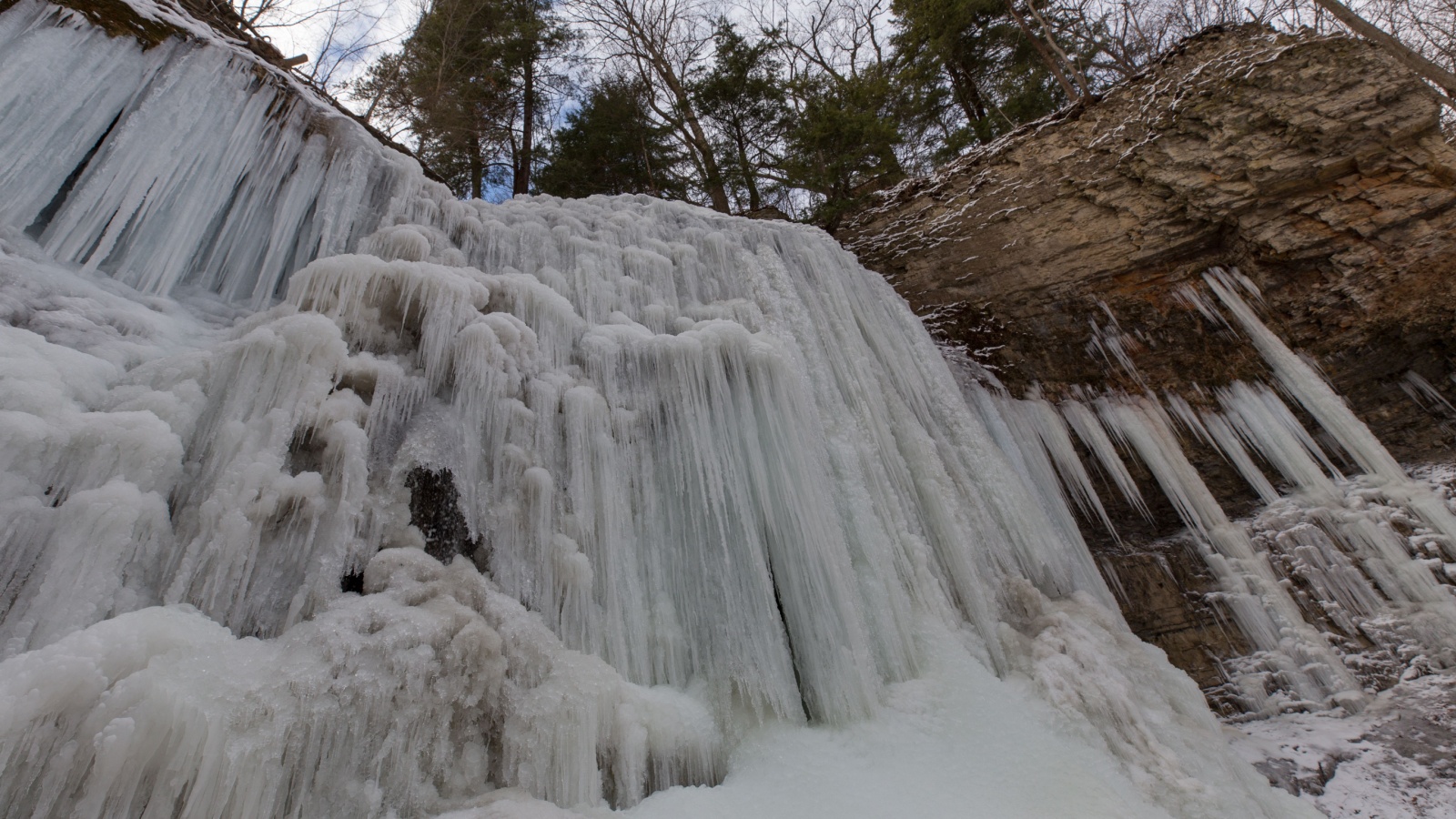
Hamilton is known as Canada’s “Waterfall Capital”, with over 100 cascades, but in winter, locals flock to see them frozen solid. Spots like Tiffany Falls or Webster’s Falls turn into towering ice sculptures, glistening in shades of blue and white. Tourists often miss this seasonal spectacle, visiting only in summer, but in winter, the frozen waterfalls feel magical and present a perfect opportunity for photography or quiet hikes. While climbing is reserved for experts, just standing at the base is breathtaking. For Hamilton residents, it’s a yearly ritual, but for outsiders, it remains one of Ontario’s best-kept winter secrets.
Snow Bathing in Quebec City
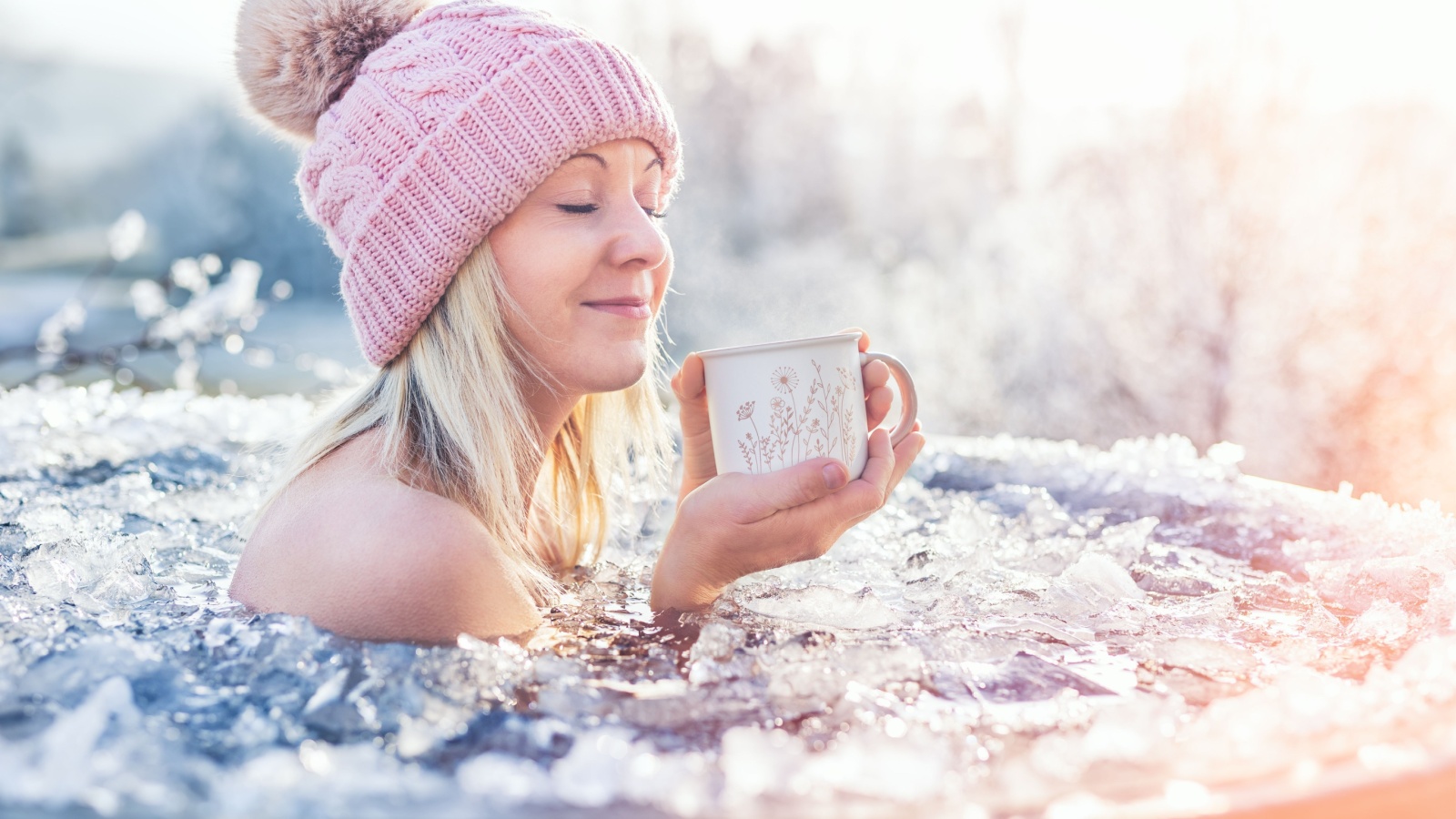
Every February, during the Quebec Winter Carnival, brave locals strip down to bathing suits and roll in the snow, a tradition known as snow bathing. Tourists usually watch with shock, never realizing they can join in. The activity is said to boost circulation, energize the body, and create plenty of laughs, and participants often warm up afterwards with hot drinks or saunas. While not for everyone, it is an exhilarating way to embrace winter rather than hide from it. Few visitors ever try, but those who do leave with a wild Canadian memory they’ll never forget.
Northern Lights Viewing in Fort McMurray, Alberta
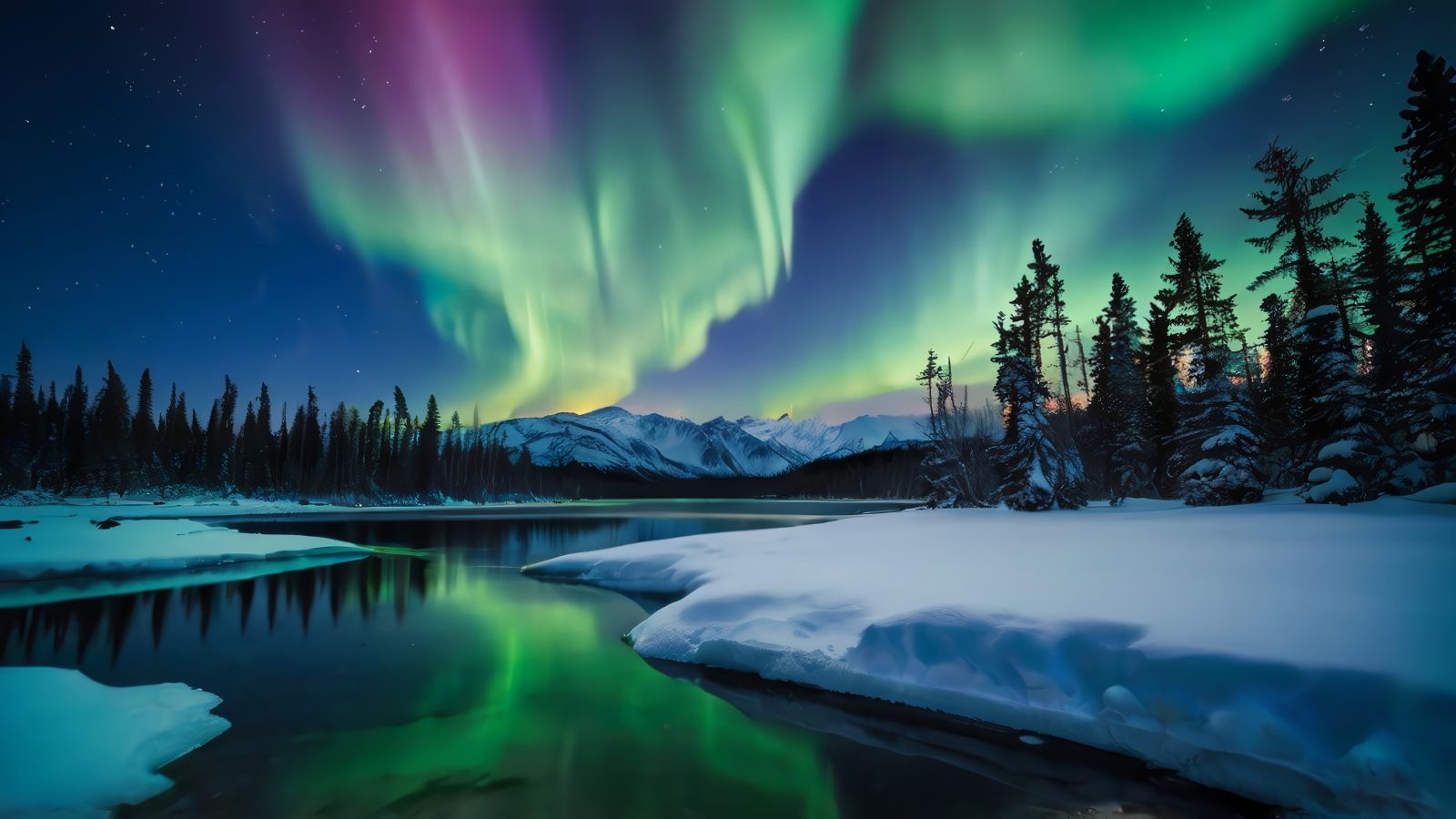
Most travelers think of Yellowknife for aurora sightings, but locals know Fort McMurray offers dazzling northern lights with fewer tourists. Winter nights often showcase shimmering green, pink, and purple displays across the sky, visible right from city edges or nearby wilderness spots. The cold, clear skies make for perfect viewing conditions, and unlike remote northern communities, Fort McMurray is easy to reach. For many visitors, it’s surprising that an oil sands town doubles as an aurora hotspot, while locals quietly enjoy it without crowds, making it one of Alberta’s most underrated winter experiences.
Snow Volleyball in Winnipeg, Manitoba
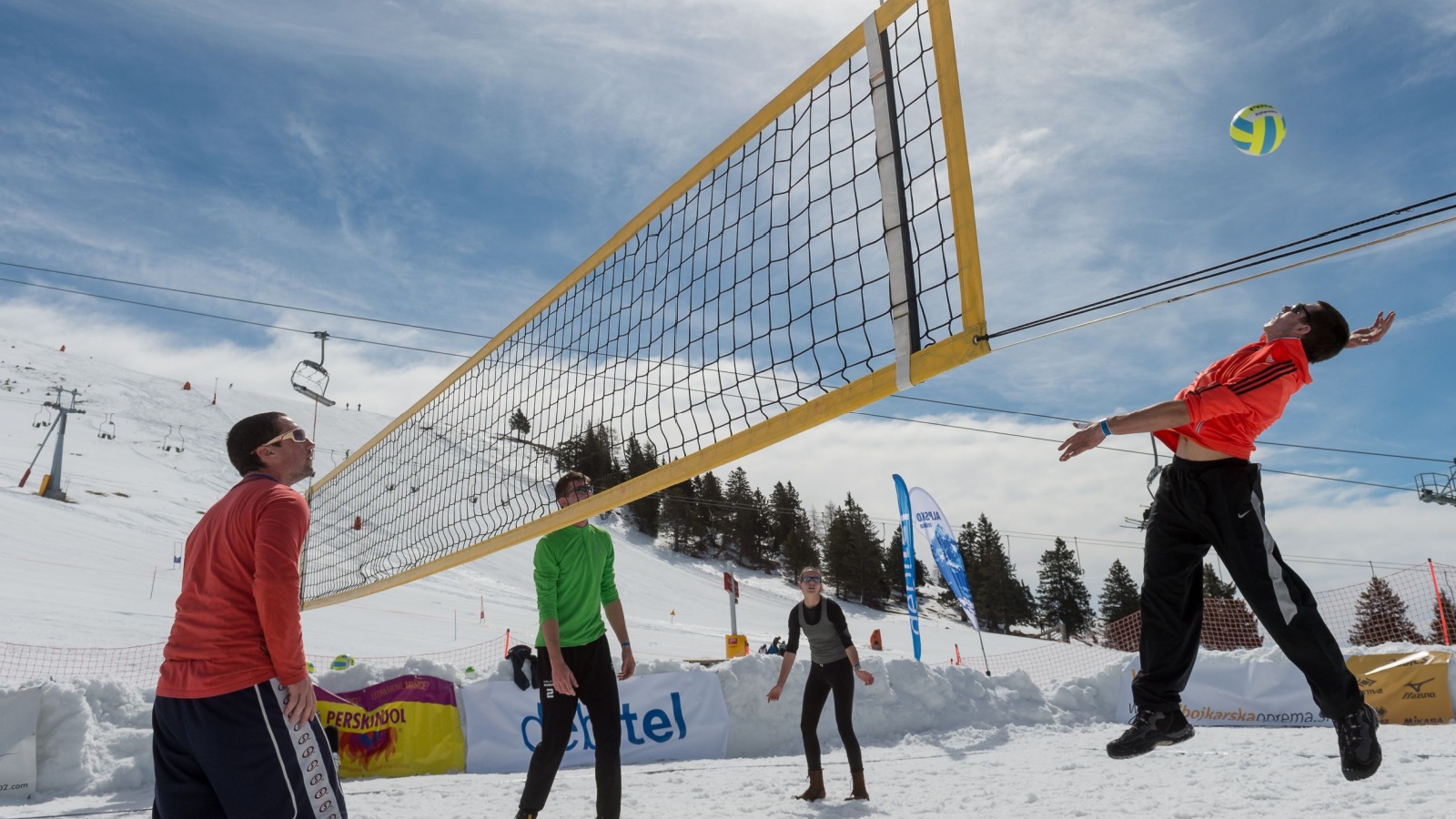
In Winnipeg, locals take their love of volleyball outdoors, even in deep winter. Snow volleyball tournaments pop up in city parks, with players diving into powder instead of sand. Tourists are often baffled at the sight, but Winnipeggers embrace it as a way to make the best of harsh winters. The rules are similar to beach volleyball, but with heavier clothing and a lot more laughter. While it is more recreational than competitive, the atmosphere is festive and lively, and visitors rarely stumble upon it, but for locals, snow volleyball is pure prairie winter fun.
Torchlight Snowshoeing in Gatineau Park, Quebec
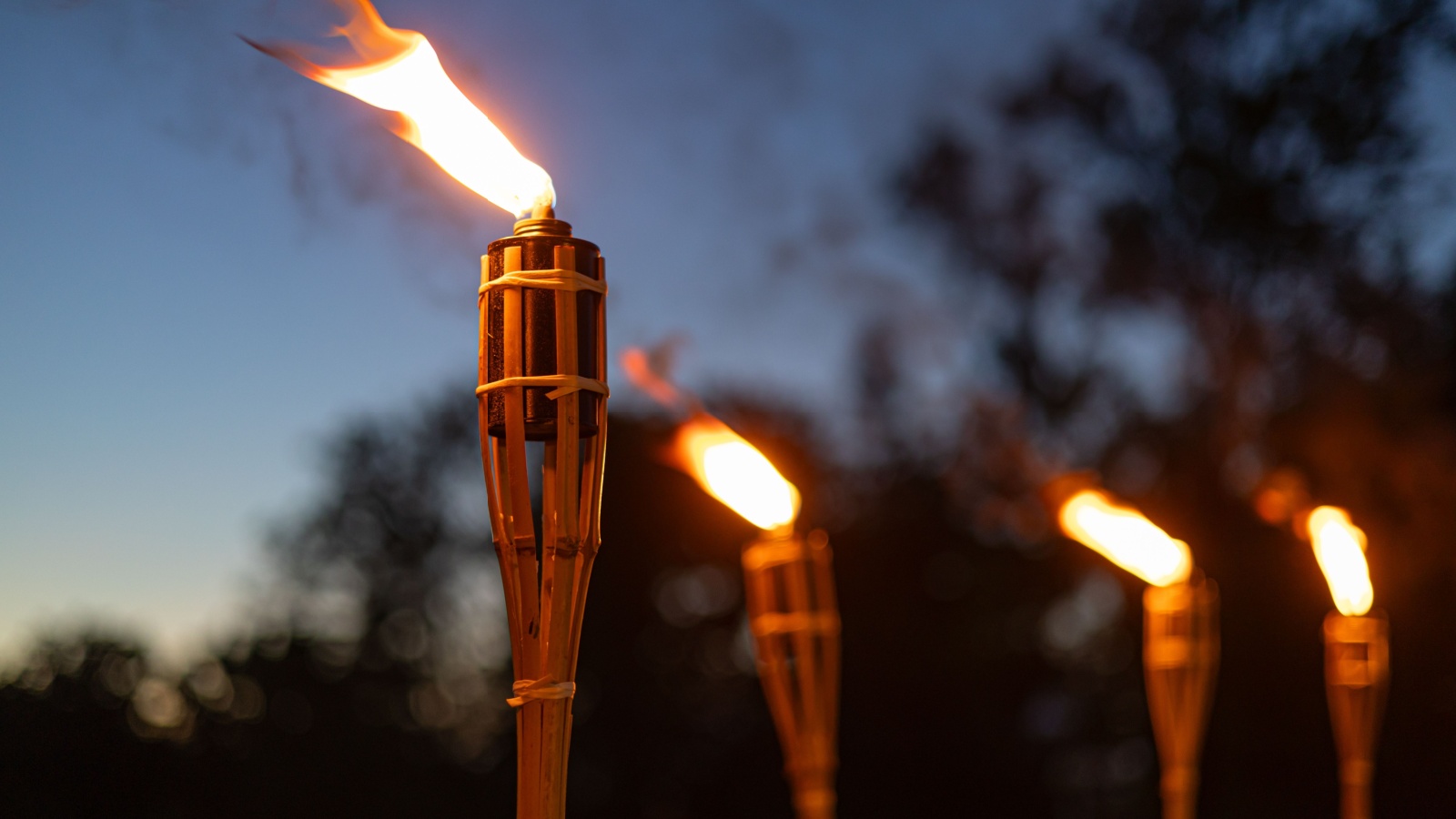
Just across from Ottawa, Gatineau Park offers torchlight snowshoeing, an enchanting night activity tourists rarely hear about. Trails are lit with glowing torches, creating a warm golden light against snowy forests, and guided outings combine history, folklore, and the quiet crunch of snow underfoot. Unlike daytime hikes, this experience feels magical and even romantic. Locals know it as one of the park’s most unique offerings, perfect for couples or families looking for something different. Tourists who only visit in daylight often miss it, but torchlight snowshoeing captures winter at its most atmospheric.
Frozen Bay Walking in Saint Andrews, New Brunswick
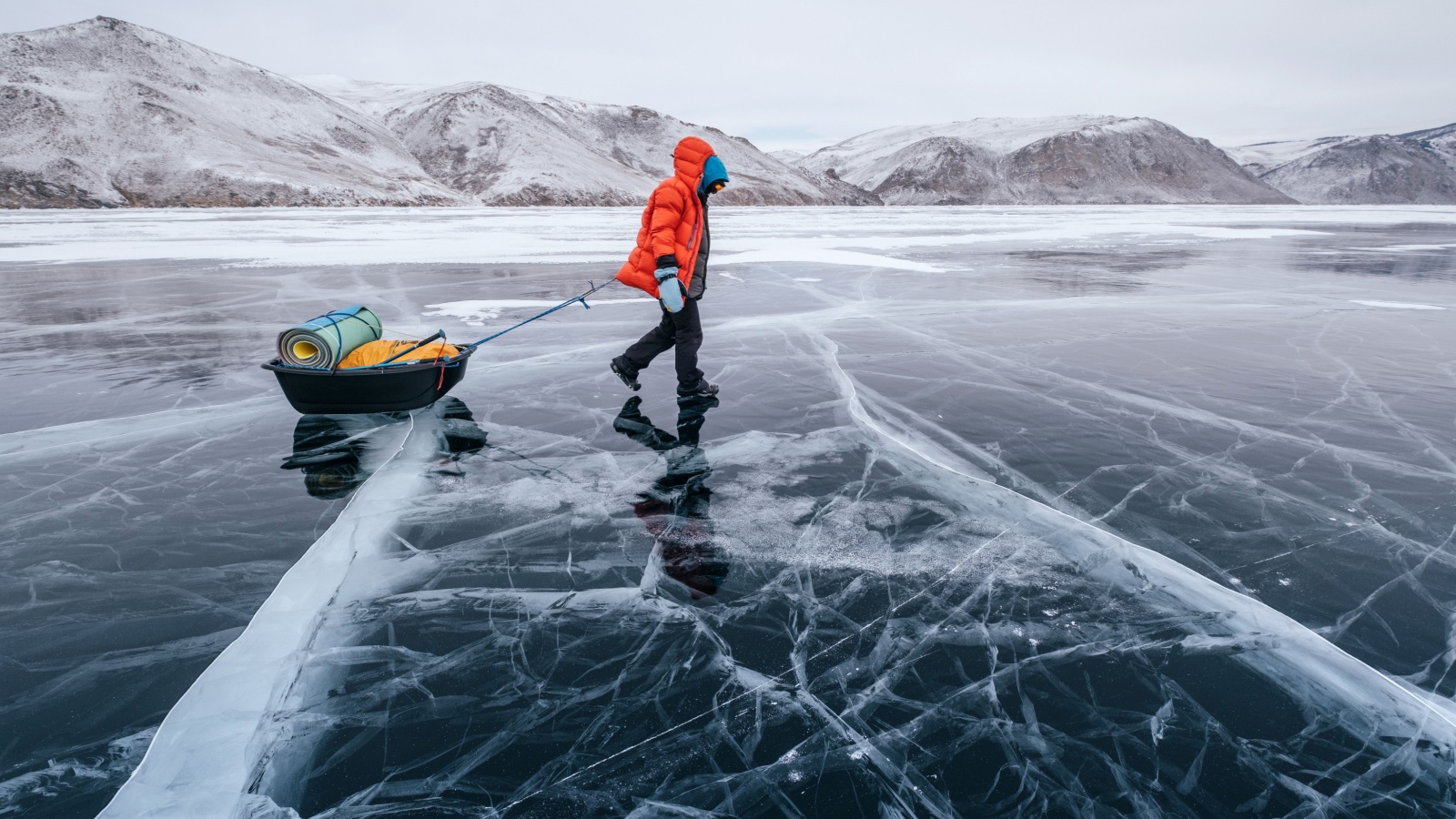
In Saint Andrews, locals take to the frozen Bay of Fundy when tides recede and the ice thickens. Walking on the bay is both surreal and exhilarating, with views of the coastline and wildlife tracks etched in the snow. Tourists usually stick to summer whale-watching trips, never realizing winter offers its own charm, while the combination of frozen tides and coastal scenery makes this a hidden gem. Locals know to go carefully and check conditions, but for those in the know, it’s an unforgettable way to connect with New Brunswick’s natural beauty.
Winter Festivals in Dawson City, Yukon
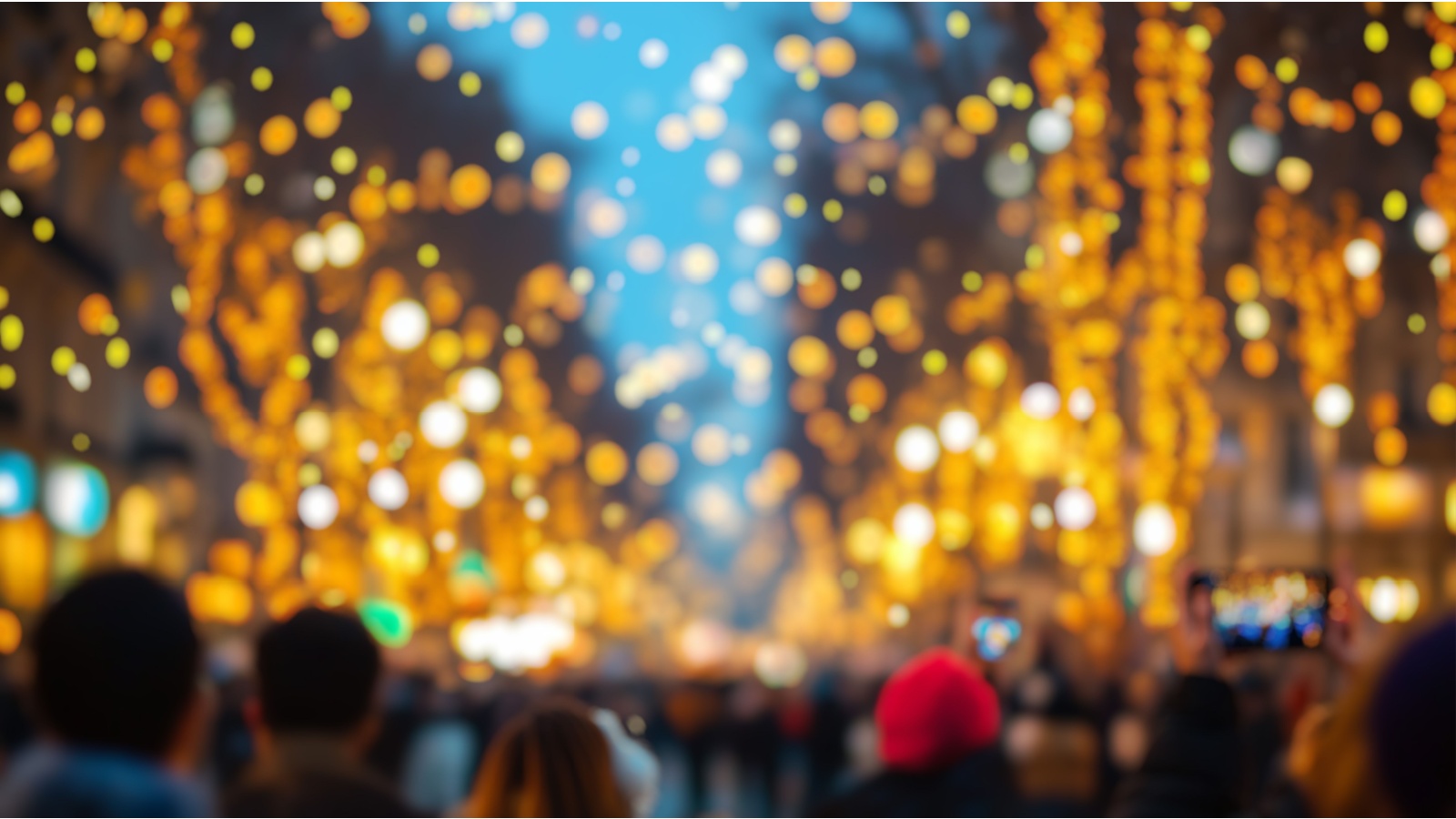
Dawson City is already legendary for its Gold Rush history, but in winter, its quirky festivals shine. Events like the Yukon Sourdough Rendezvous feature chainsaw chucking, flour packing, and other wild competitions. Tourists often overlook the town in winter, assuming it’s too remote, yet locals celebrate with gusto. The combination of history, cold-weather fun, and northern culture makes it special, and with auroras overhead and streets lit with lanterns, Dawson transforms into a frontier winter wonderland. For adventurous travelers, it’s a chance to see small-town Canada at its most spirited and authentic.
Igloo Building in Nunavut
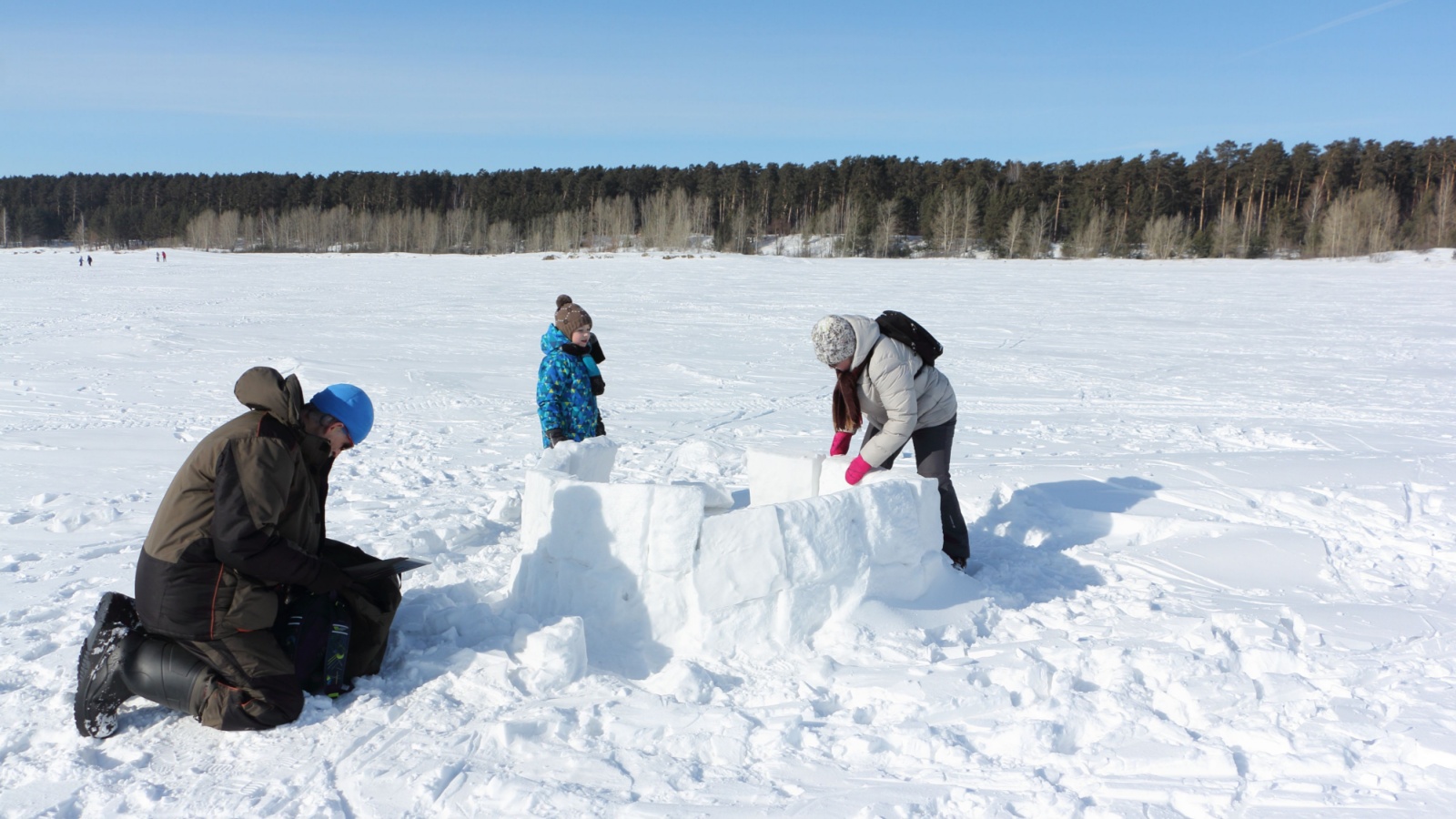
For tourists, igloos are symbols of Canada’s Arctic, but few realize you can actually try building one in communities across Nunavut. Local guides teach the traditional Inuit method of cutting snow blocks and stacking them into domed shelters. The process is surprisingly intricate, requiring precision and teamwork, and tourists often find it humbling to learn a survival skill that has sustained generations. Spending even a short time inside a finished igloo is unforgettable, warm, quiet, and secure against the Arctic cold. For locals, it is heritage, and for outsiders, it is a cultural and adventurous revelation.
Ice Dragon Boat Racing in Ottawa, Ontario
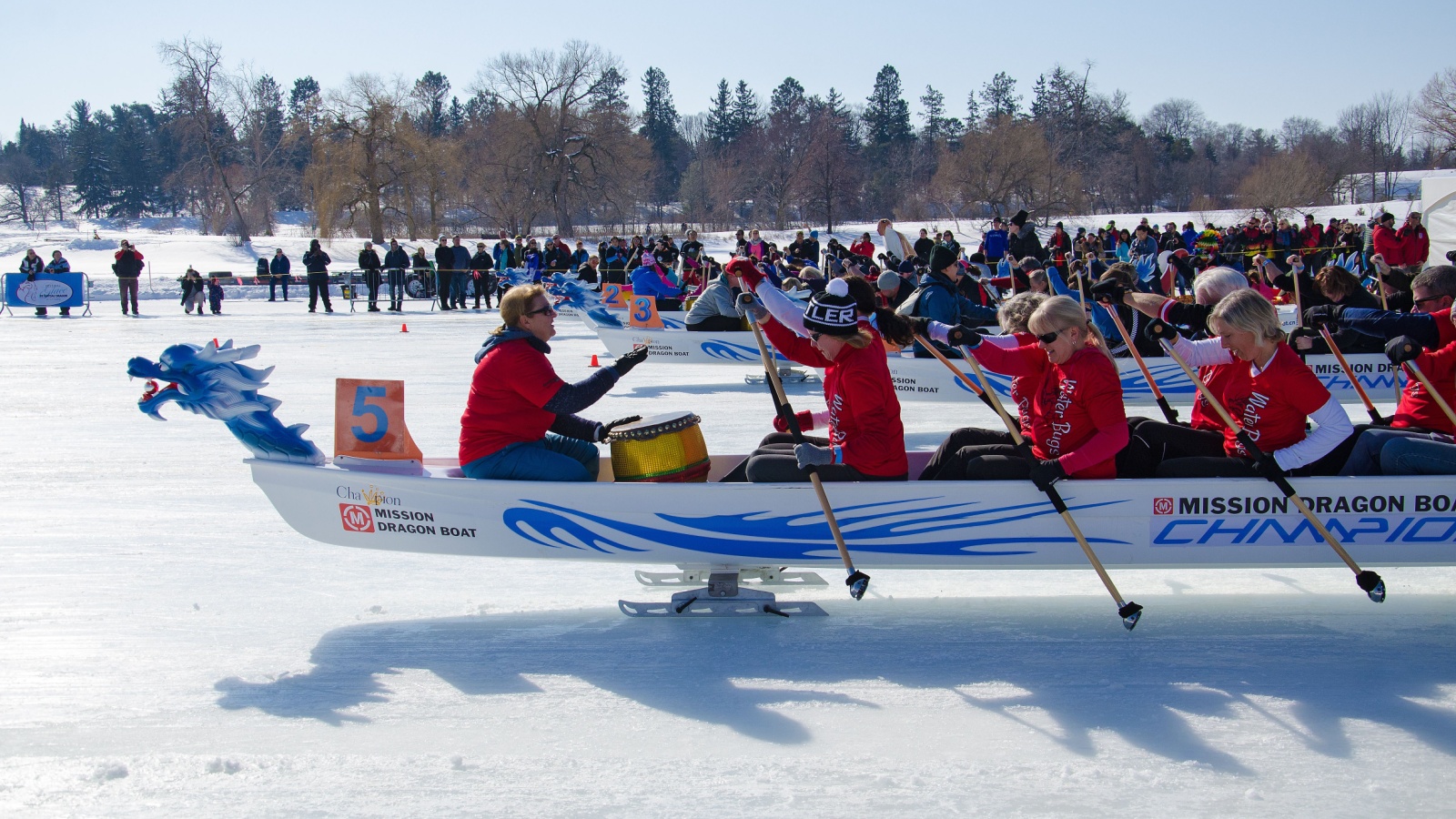
Ottawa’s Rideau Canal isn’t just for skating. In winter, it hosts ice dragon boat races, where teams paddle modified boats across frozen surfaces using special spiked poles. Tourists are often shocked to discover the sport, mistaking it for a summer-only tradition, and the atmosphere is festive, with music, cheering crowds, and colorful boats sliding over the ice. For locals, it is a quirky highlight of the Winterlude festival, blending culture, sport, and Canadian creativity. Visitors expecting a quiet skating rink are stunned to find one of the country’s most unique winter competitions.
Frozen Vineyard Tours in Niagara, Ontario
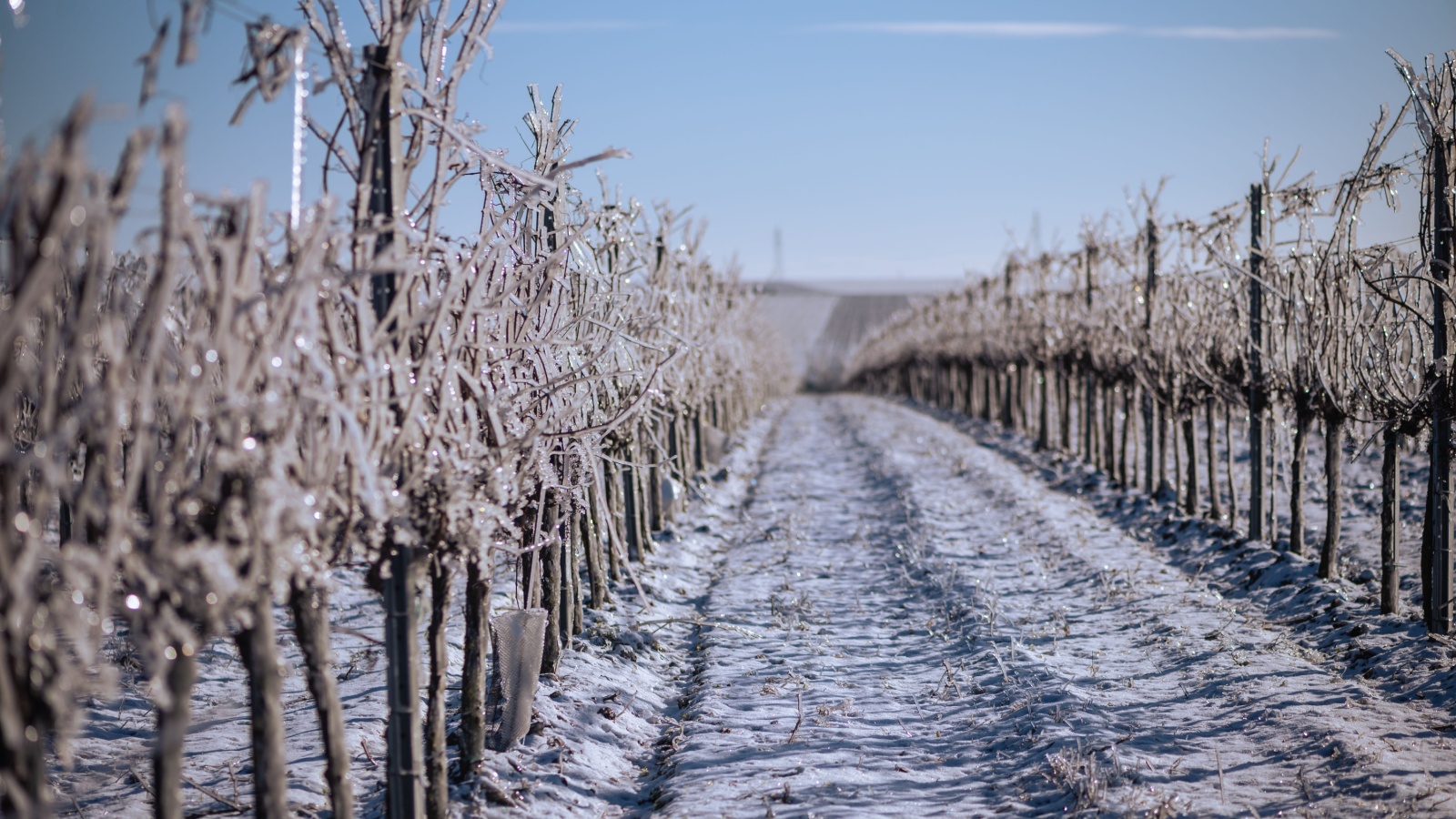
Niagara is famous for summer wine tours, but locals know winter transforms the region into a different experience. Frozen vineyards glisten under snow, and wineries offer special tastings of ice wine, the region’s specialty. Some even host snowshoe tours through the vines, ending with fireside sips of dessert wine. Tourists often skip Niagara in winter, assuming it’s only a summer destination, but insiders know it’s one of the most atmospheric times to visit. With fewer crowds and a magical setting, frozen vineyard tours provide an intimate glimpse into Niagara’s winemaking culture.
Snow Sculpting in Quebec’s Saguenay Region
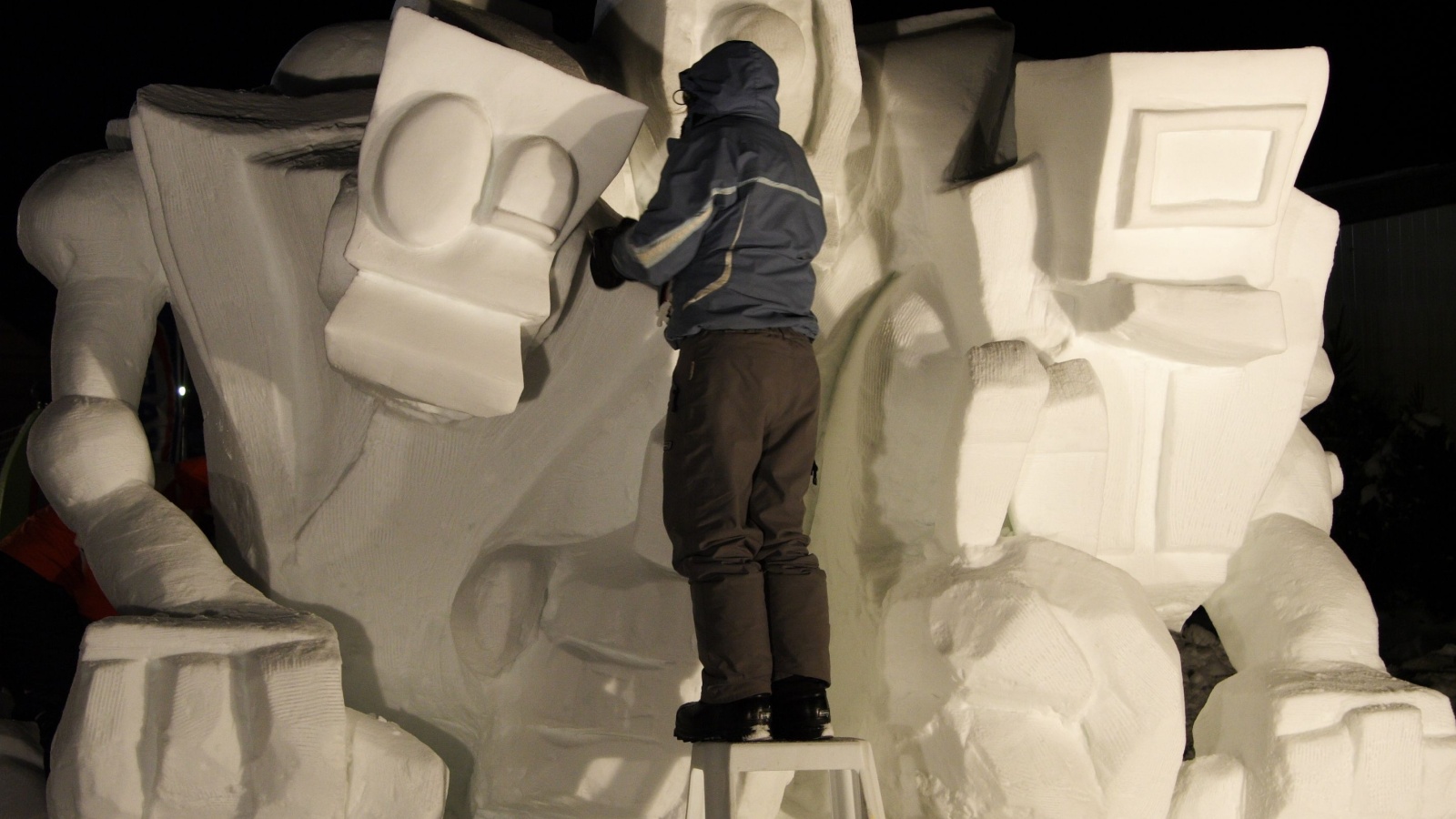
Snow sculpting is more than just building snowmen, it’s an art form in Saguenay, Quebec. Locals create massive sculptures, some the size of small buildings, during winter festivals. Tourists are often unaware of these events, missing out on stunning works carved from packed snow, and the sculptures range from animals to fantasy scenes, lit at night to create a magical display. For locals, it’s a community celebration of creativity and winter pride. Unlike ice sculptures in Quebec City, these snow creations feel more grassroots and playful, making them an underrated Canadian winter highlight.
Winter Kayaking in Vancouver, British Columbia
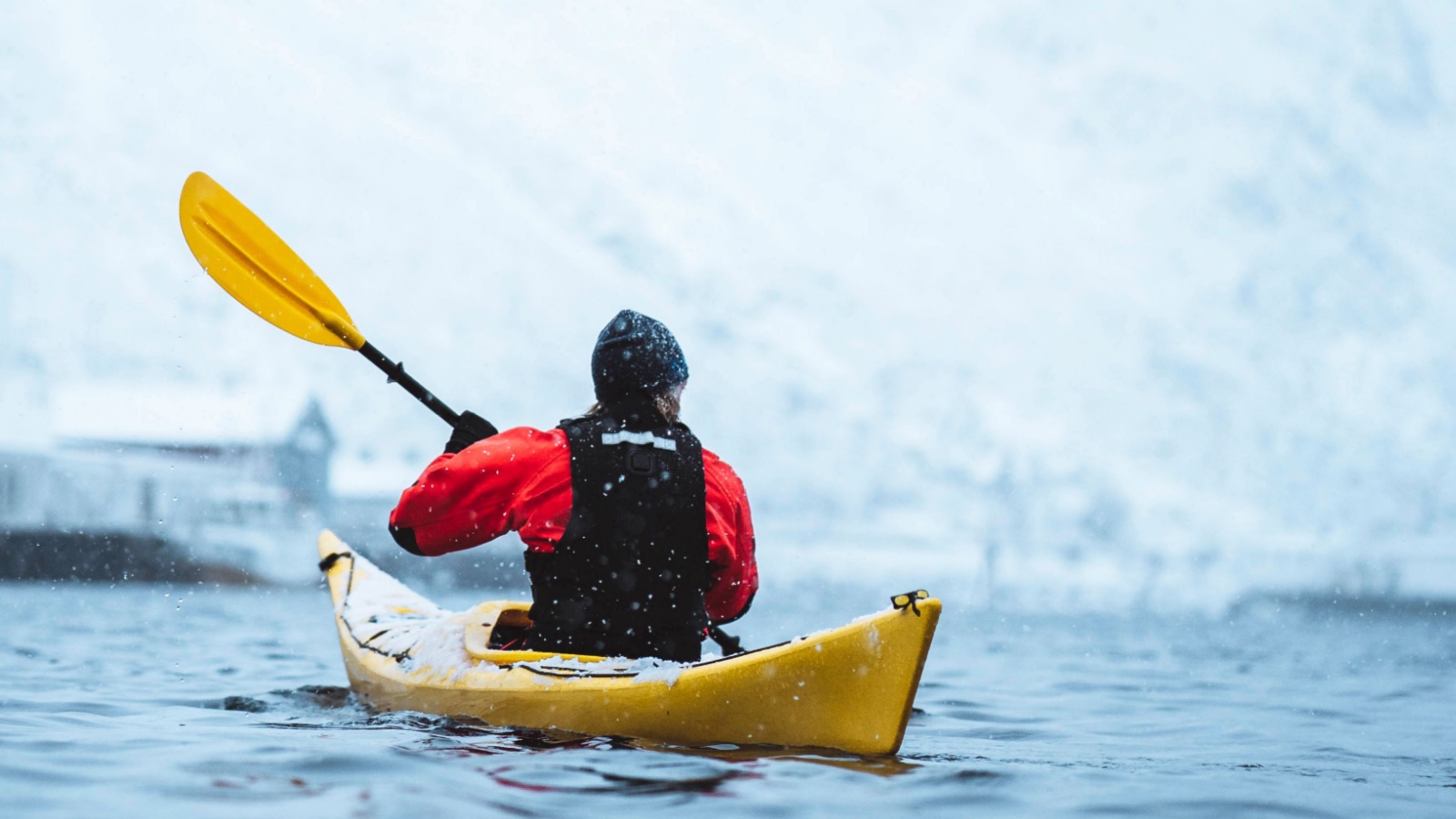
Tourists visiting Vancouver in winter often forget it’s one of the few Canadian cities where you can still kayak year-round. Locals take advantage of the milder climate to paddle through False Creek, English Bay, or Burrard Inlet with snow-capped mountains in the background. The contrast of calm waters and frosty peaks creates stunning scenery, and while tourists assume kayaking is a summer sport, winter paddling offers quieter waters and unique views. For Vancouverites, it is a secret joy of their temperate coast, which is a way to embrace winter without snowshoes or skis.
Snow Golf in Prince Edward Island
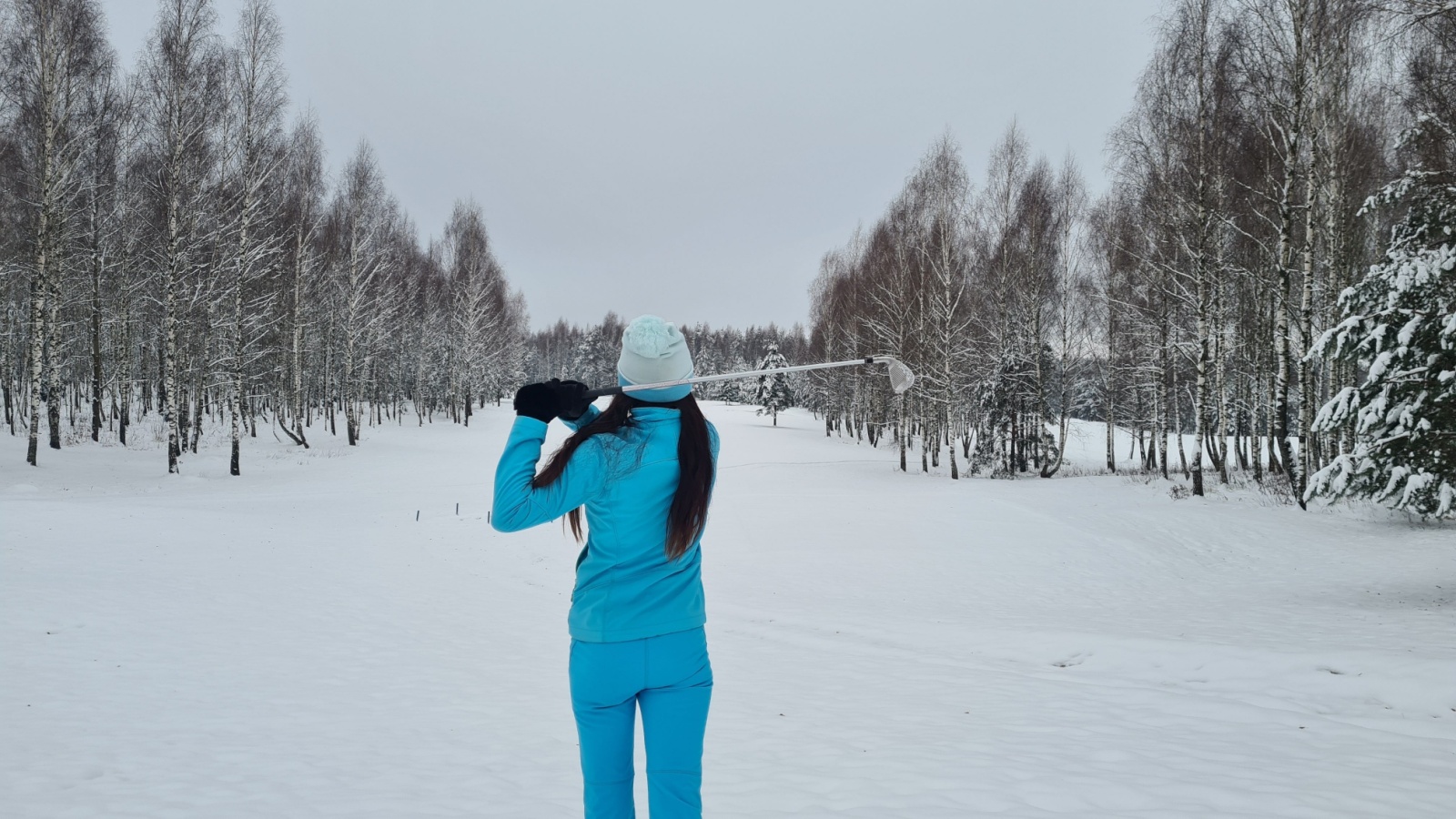
On Prince Edward Island, golf doesn’t end when snow falls, it simply changes form. Snow golf, played on courses transformed into frozen fairways, swaps green grass for white landscapes. Players hit brightly colored balls to stand out against the snow, and scoring works the same as in summer. Tourists rarely know it exists, but locals enjoy it as a playful twist on their favorite sport. With fewer players and a festive spirit, snow golf combines humor, skill, and creativity, offering a lighthearted way to make the most of long Canadian winters.
